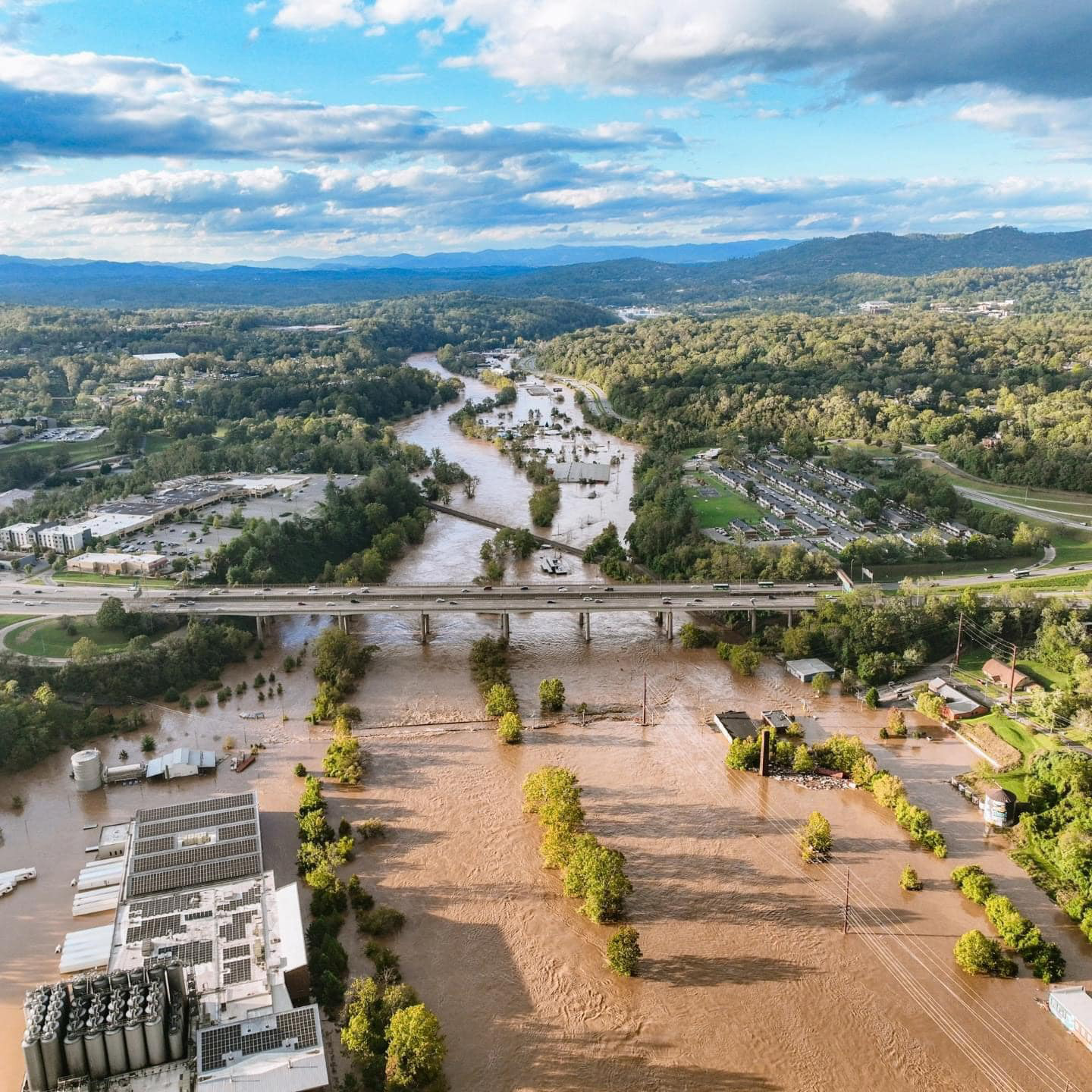Western North Carolina won’t soon forget Tropical Storm Helene. Not since 1916 has a storm of such disproportionate magnitude ravaged the Blue Ridge and Smoky Mountains. Helene struck Florida’s Gulf Coast Thursday night before blindsiding North Carolina’s exposed western flank, depositing nearly 20 inches of rain in a region already experiencing localized flooding from a departing front pulling moisture from the incoming cyclone. Although some communities escaped relatively unscathed, Asheville appears to have sustained the brunt of the storm’s wrath. At least 30 people were killed in Buncombe County, and the death toll is expected to rise in the coming days. Hurricane Helene wiped the Village of Chimney Rock off the map as torrential rains triggered widespread flooding and cataclysmic landslides.
Desperate Calls to Loved Ones
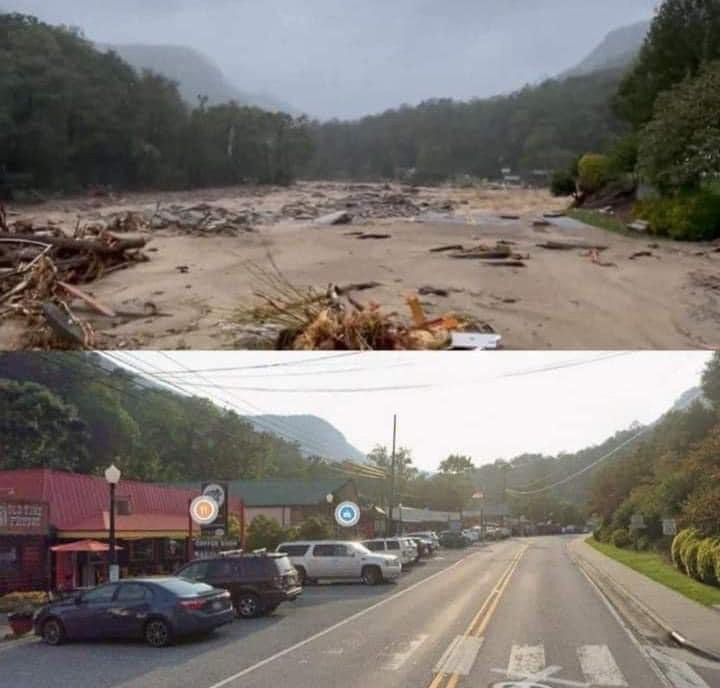
Thousands of residents are without power; electric coops believe it could be weeks before the lights return. Linemen and electricians from across the nation and Canada made a beeline for the Appalachians this week to assist with recovery efforts. Relatives of disaster-stricken residents made frantic pleas on Facebook for any information concerning their whereabouts while begging local authorities to ratchet up recovery efforts to reach families left in the dark without vital food and medical supplies. The North Carolina National Guard already has boots on the ground trying to reach stranded residents, and army engineers have dispatched search convoys and temporary bridges. Local airports buzzed with incoming and departing planes making crucial air drops to ensconced residents surrounded by merciless swelling rivers and insurmountable mudslides.
A Maelstrom in the Mountains
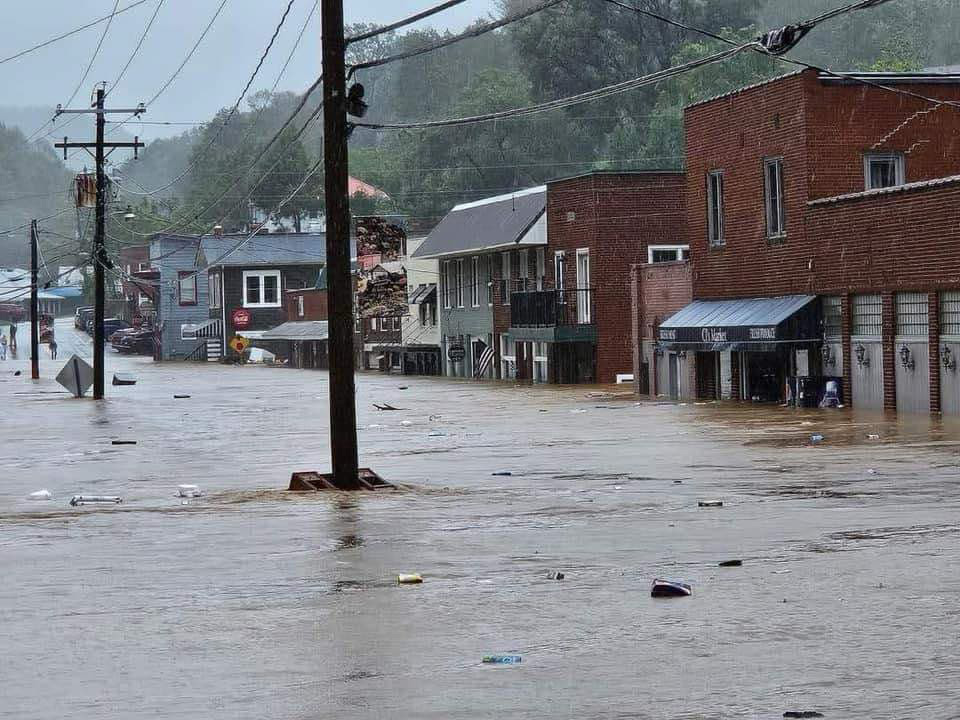
Although the Appalachian Mountains are better known for brutalizing winters and heavy snowfalls, the highlands are particularly susceptible to localized flooding. Steep topography and proximity to the Gulf of Mexico makes the mountains an easy mark for unrelenting tropical systems. Small streams can become quickly overwhelmed with heavy surface runoff flowing down nearby slopes as gravity speeds up saturation, creating a bottlenecked deluge that invariably spills into vulnerable communities. Upslope southerly winds and cooler air at higher elevations routinely collide with warmer troughs drawing from the Piedmont, creating a large precipitation variation in the prevailing discordant climate that features a wide diametric vulnerability to catastrophic weather. Communities relying on narrow and twisting mountain roads and low-water bridges become inaccessible after lesser rain events.
The Katrina of the Blue Ridge
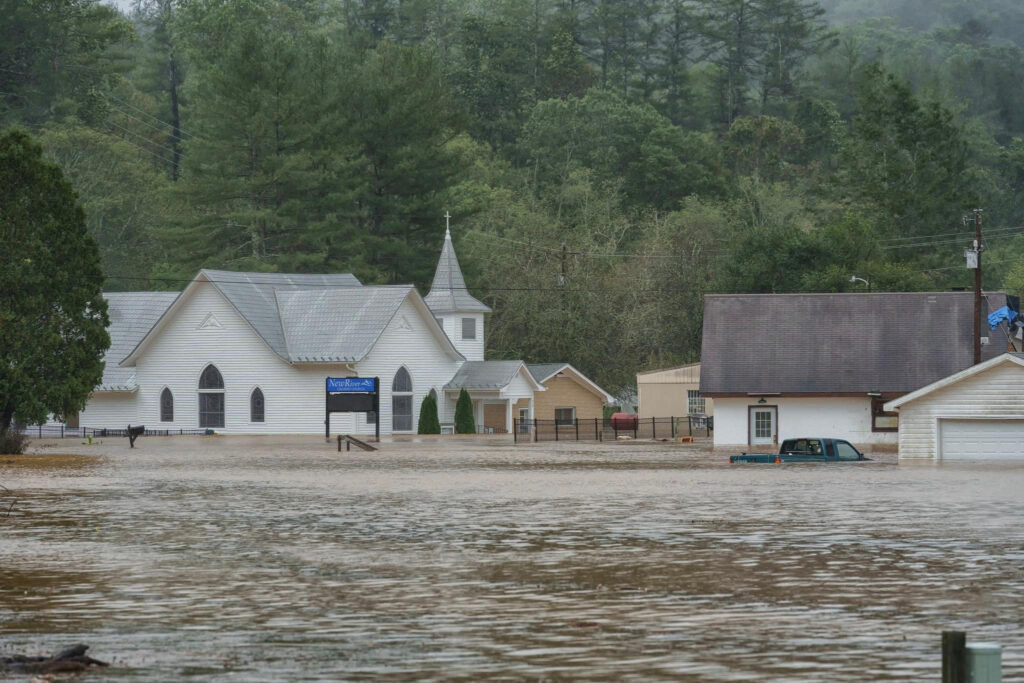
Helene’s full scope and the breadth of damage won’t be fully realized for weeks to come. Meteorologists call the once-in-a-500-year storm the “Katrina of the Mountains” and routinely compare the destruction to the nation’s most notorious natural disasters. Mt. Mitchell, the highest peak east of the Mississippi, reported a mind-boggling 30 inches of rain, and entire highway systems are still underwater, trapping residents for the foreseeable future. The American Red Cross and Samaritan’s Purse assist recovery efforts by installing temporary emergency shelters for displaced residents across western North Carolina following Helen’s dramatic foray in the mountains. Appalachian State University in Boone opened its convocation centers door to displaced residents looking for refuge. Local high school gyms across the region are also doubling as emergency relief centers coordinating region-wide recovery efforts.
Community Shelters for Remote Communities
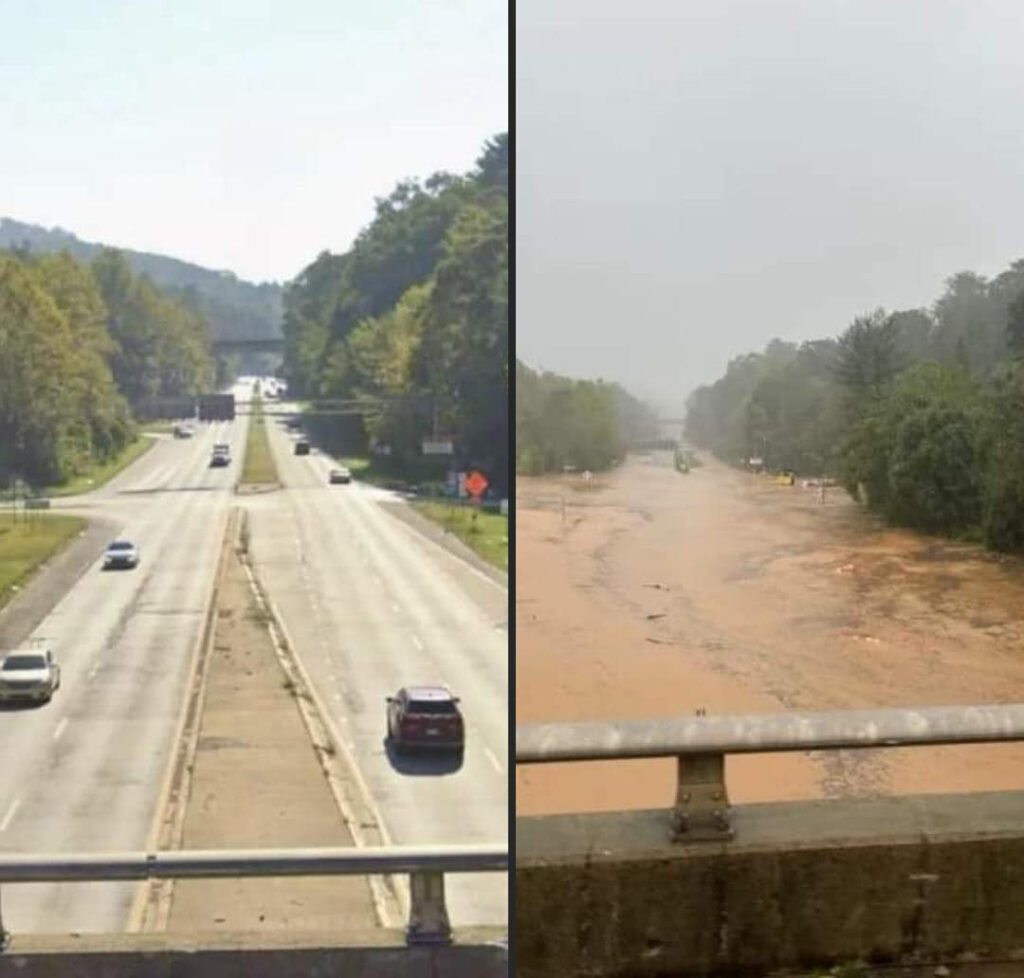
The Appalachian Mountains are only nominally accessible during optimal weather events, and major thoroughfares are routinely shuttered during even minor snowstorms and heavy rains. Once known as the “Lost Province” for its remoteness and rugged individual mountain spirit, northwest North Carolina is an impregnable black hole following Helen’s torrential rainfall and heavy flooding. Although the region’s residents pride themselves on their intrepid DIY’er attitude and resiliency under pressure, hundreds of locals are now homeless and begging for assistance from state officials. Impromptu emergency shelters can only accommodate a few dozen people at a time and will likely exhaust available resources in the coming days. If there is any silver lining or keen insight to infer from Tropical Storm Helene, it’s the importance of preparedness and taking necessary precautions at the individual, as well as community level.
Our community storm shelters can accommodate large populations of displaced residents during natural disasters and domestic unrest. Each customizable shelter is comprised thick quarter-inch metal paneling and fortified with solid steel welds making them the ideal safe room for residents in isolated communities. Municipal governments can offset construction expenditures with community block grants through FEMA. Smaller townships isolated from bustling metropolises should heed the destitute malaise acutely felt in western North Carolina following Helene’s grueling onslaught by investing in sensical community shelters. While even the most accommodating storm shelters will never rival the soothing comfort of home, they can provided welcome long-term relief for townships of all sizes while giving storm-wary residents much needed peace of mind during storm season.
